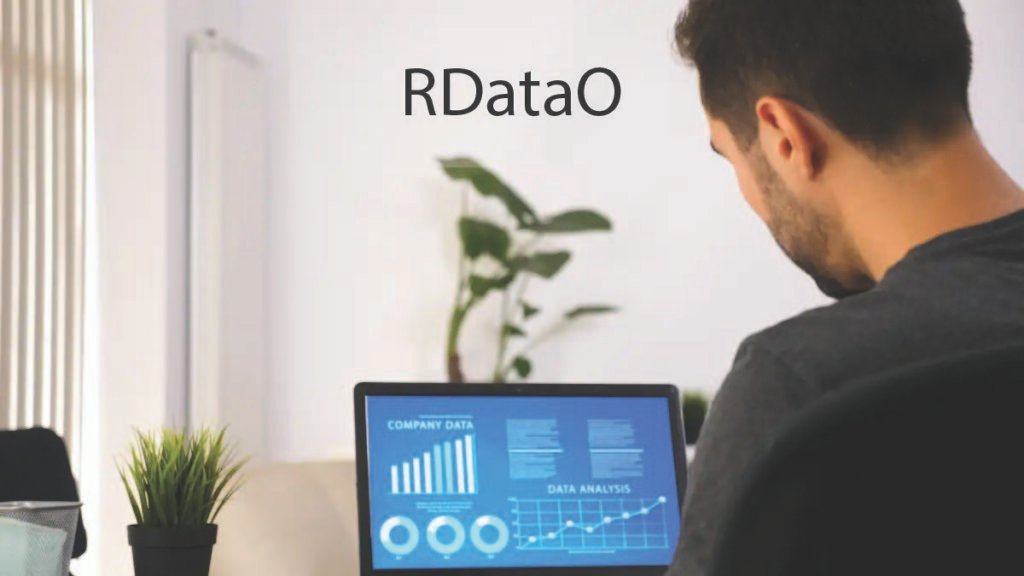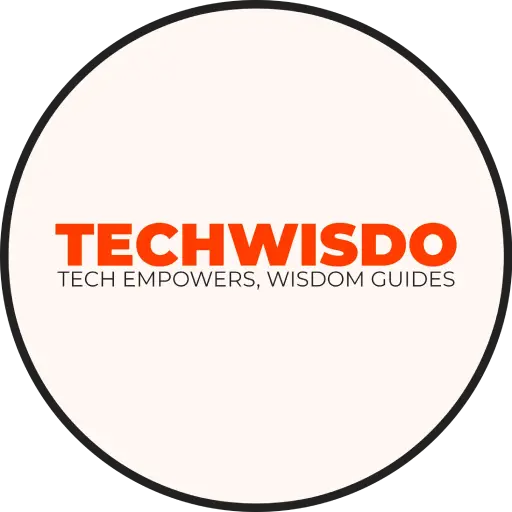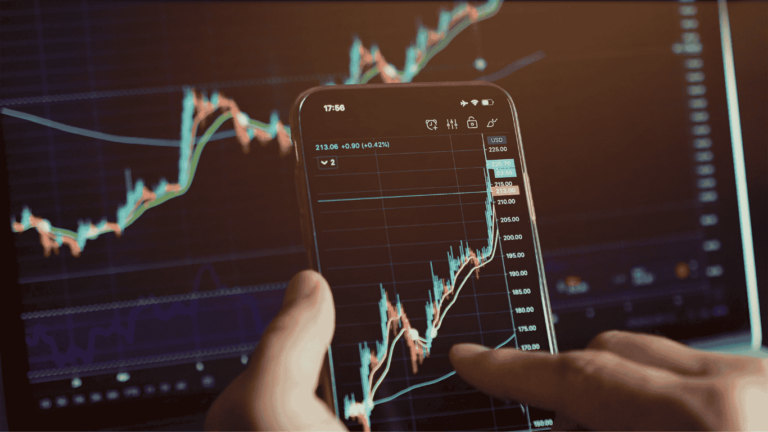Here is your ultimate guide to maximizing your data’s potential via understanding RDataO.
Table of Contents
Introduction to RDataO
It’s a platform that can be named ‘Research Data Analytics Optimization’ or RDataO, and it is expected to be launched with functions that can satisfy the current and future needs of data analytics specialists. Developed by several of the best data science talents and software engineers, RDataO has rapidly developed since its creation. Originally designed as an analysis device for researchers, its practical feature value helped attract specialists from different spheres and became popular in finance, healthcare, and marketing.
Thus, the proposed theoretical framework of RDataO is based on the smooth integration of the method with various data sources and offers a comprehensive approach to the analysis. An essential aspect of RDataO is that even though the syntax of operations can be rather versatile and intricate, computations are also highly simplified, so the application is equally helpful for beginners and highly experienced analysts. Also, RDataO has incorporated state-of-the-art machine learning analyses and superior intelligence anticipations so that users can find methodologies previously not interpreted by anyone else with immense precision.
It has more features, such as its scalability, that make it even more unique than the existing solutions. Whether it is a small amount of data or terabytes of information, RDataO guarantees high working indicators to maintain the speed and stability of work. This makes it cloud-based, and this helps in real-time data processing and decision-making. In addition, privacy measures implemented in RDataO maintain the confidentiality of information that does not leak and complies with business environment standards and norms.
In addition to these parameters, RDataO has multiuser access functionality and built-in stock versioning. It is especially valuable for large data projects because it enhances the clarity of work and unification of intermediate results at various steps of the process. The platform has a solid support base, guaranteeing that the client gets the best out of the software.
Thus, it is not only a tool but also a solution that allows considering all the issues connected with contemporary data analysis. These characteristics, along with users’ focus on its interface, make it an essential tool for anyone seeking to enhance their work with data.

Key Features and Functionalities
RDataO provides a complete package of tools and features to optimize and improve data analysis tasks from the preceding accounts. Similar platforms also have noteworthy features, such as enhanced data visualization solutions. Users can build numerous choices of charts, graphs, and doors for an uncluttered understanding of extensive data and real-time results of inquiries, especially when designing interactive dashboards. This feature is most helpful in making trends, patterns, and outliers visible, enhancing more efficient and accurate data-based decisions.
Integrating RDataO with machine learning practical algorithms is another essential characteristic of the proposed solution. The program is compatible with various machine learning frameworks that let users code and train models in the platform. It enables predictive modeling and automated decisions to be made, which can help organizations predict future patterns or behaviors, operate in the most effective way possible, and enhance customers’ experiences.
It also stands out in performing big data processing. Because of its sound structure, the platform can process and analyze big data. This capability is vital in industries with extensive data, such as banking, health, and commerce. This is done through big data processing to make prior decisions faster and more efficiently, as offered by RDataO.
It is now worth analyzing which features would be included in an example of an effective textual/verbal CV, using a case from the retail industry. A famous retail chain used RDataO’s DV and BDP features to identify and monitor clients’ consumption in various shops, numbering in the thousands. Thus, by integrating machine learning models, they could forecast the necessary future stock, thus minimizing the stock and maximizing availability. While this was a fundamental notion that tried to optimize every angle in a business, it also increased efficiency and customer satisfaction.
New-rich data objects or RDataO are used in the healthcare sector for better and more efficient patient data management. Speaking about the integration of machine learning in its services, healthcare providers can estimate patients’ readmission risks and create applicable individual treatment plans for them. The data visualization tools built into the platform enhance the identification of patients’ progress and results and guarantee better care.
The examples above emphasize how RDataO’s main characteristics and functionalities can solve various intricate data analysis challenges and provide customized approaches for more effective performance in different fields.
Getting Started with RDataO
This simple guide will outline the basic steps to initiate the process of working with RDataO and modify the settings to the maximum. First, the system requirements should be mentioned. RDataO can be used on Windows and Mac computers with at least 4 GB of RAM and a 2 GHz CPU. Sufficient storage is also necessary because data analytics activities require large amounts of disk space. The following are the system check prerequisites; therefore, ensure your system meets them.
If your system is ready, the installation process can start. Navigate to the RDataO website and get the latest version of the software. Next, the installation process will guide the user through the process on the screen when the icon is clicked. The installer will then help you decide where the software will be installed, and shortcuts will appear on the user’s desktop. Once it has been installed, open RDataO to perform the first setup.
When you launch RDataO, you will be brought to the page where you can sign up for an account or current users and log into their account. It is easy to sign up, where you have to fill out a simple form that includes entering your name, email, and password. Once logged in, you are presented with the RDataOdash, the home page of the RDataO, and where all your data analytical work begins.
Table data can be imported by going to the ‘Data’ section on the home page and choosing ‘Import Data.’ The options for data import include local file upload or external database connections. RDataO recognizes CSV Excel spreadsheets and SQL databases as some of its displays and data models. Select the proper source; further step-by-step instructions will guide you in importing the data.
The next step is to organize setting up analytics projects. Under the ‘Projects’ menu, click ‘Create New Project.’ Here, you need to give your project a name and short description and select the dataset from the list you imported before. This step also involves setting data sampling methods and initial analytical models that may be specific to the project.
Once your project is established, you can begin to discover more of it’s basic functionalities. There are also tools for continuing data work and analysis, including data visualization, cleaning, and initial analysis. Use them for basic exploration of the information you deal with. You can create charts, graphs, and summary reports that allow the user to see patterns.
The integration of these steps will lay a good foundation for your work with RDataO, which, as you will see later, has advanced abilities to assist in data analytics.
Advanced Tips and Best Practices
The ability to decide on the best approach regarding RDataO means that one has to understand a wide range of data manipulation and strategies employed. The optimal usage of a significant volume of potentials of RDataO is highly contingent on how well it can clean data. Some users shared their experience, stating that the platform’s main strengths are associated with powerful functions to transform data actively; for instance, the “mutate” and “summarize” functions are powerful when modifying the data and developing summaries, respectively. Also, such operations as ‘filter’ and ‘select’ are helpful in quickly identifying and working on selective data sets.
herefore, different optimization techniques are essential in enhancing processing ruggedness in RDataO. According to specialists, parallel processing should be employed to divide work by core since it considerably shrinks computation time. In such an aspect, the ‘parallel’ package is handy for carrying out several operations simultaneously. Moreover, ‘data. Table’ is another essential package popular for the increased facility in manipulating large data sets, and it is faster than data frames.
It also entails exploiting the full functionalities of referenced data objects in applying several complex statistical and machine-learning models. Many R packages are encouraged on the platform, including ‘caret’ for managing the machines’ workflow for managing the data. These tools may be integrated with graphic libraries such as ‘ggplot2’ for broad and practical data investigations.
Some of the main mistakes that work with RDataO include a need for proper data pre-processing. To minimize these problems, endeavor to check your data for quality and transform it well before the analysis is done. This is because missing values, outliers, and different data formats severely affect the results; hence, they should be handled carefully.
Quite a few sources can be found for enhancing knowledge and skills. The detailed tutorials on RDataO are available freely from online learning platforms such as Coursera and edX. Besides, the R community offers documentation where people can find answers to their questions and learn about others’ experiences and triumphs.
If readers adhere to these additional tips and practices highlighted in this paper, they will comprehensively exploit RDataO’s functionalities for enhanced data analysis.
Conclusion
In this detailed and extensive profile, we have explored the multiple functionalities of RDataO, thereby exemplifying its importance in contemporary data science. The strongly developed functions, processing capabilities, and broad spectrum of available tools and robust algorithms make it worthwhile for data specialists who need to extract insights from large data samples. Certainly, RDataO, combined with numerous data sources and a user-friendly operating platform, certainly makes its usage vital for every data beginner and experienced analyst.
The following are the legacies of incorporating RDataO: When used to its optimum potential, users can carry out numerous complicated data analyses with precision. This is well enhanced by the platform’s scalability in handling vast amounts of information, allowing organizations to make decisions based on facts and with considerable assurance. In addition, the constant updates of RDataO and the ability of users to contribute to the code’s evolution ensures that this tool is among the most innovative in data analytical technology.
We invite you to explore using RDataO and test all the options within this helpful application. Whether you are making an effort to optimize your data as a simple data management tool or searching for more opportunities, RDataO provides all the instruments used to enhance your levels of analytics. First, the official website of RDataO is suggested to be consulted, and a subscription to the user list is a way to get acquainted with other RDataO users. Also, attend webinars and training to understand the current trends and how to use RDataO effectively.
With the help of RDataO, you can change the way you analyze data and discover new opportunities to further develop your research or business plans. Seize this chance to enhance your raw analysis skills and demonstrate flexibility in the emerging data analytics workforce.
FAQs
Q: Is RDataO compatible with my current system?
A: To be as compatible as possible, RDataO is designed with full submission compatibility. It supports Windows, macOS, and multiple Linux distributions. Besides, it can integrate with most contemporary Database Management Systems and connects easily to AWS, Google Cloud, and Azure. Specifications of the systems required and compatibility information can be accessed on the RDataO website.
Q: What pricing models are available for RDataO?
A: Competitive advantage: RDataO is flexible regarding cost because it can adjust to meet the needs of the organizations that hire it. One can subscribe to the model with monthly or annual payments or go for a license, available only for one-time expenses. They also have graduated fee scales according to the number of persons and the amount of data handled. However, specific packages are offered when large companies are interested in implementing RDataO or when custom solutions are needed. Any interested users needing more information can add an address to the sales department, which provides detailed quotations.










